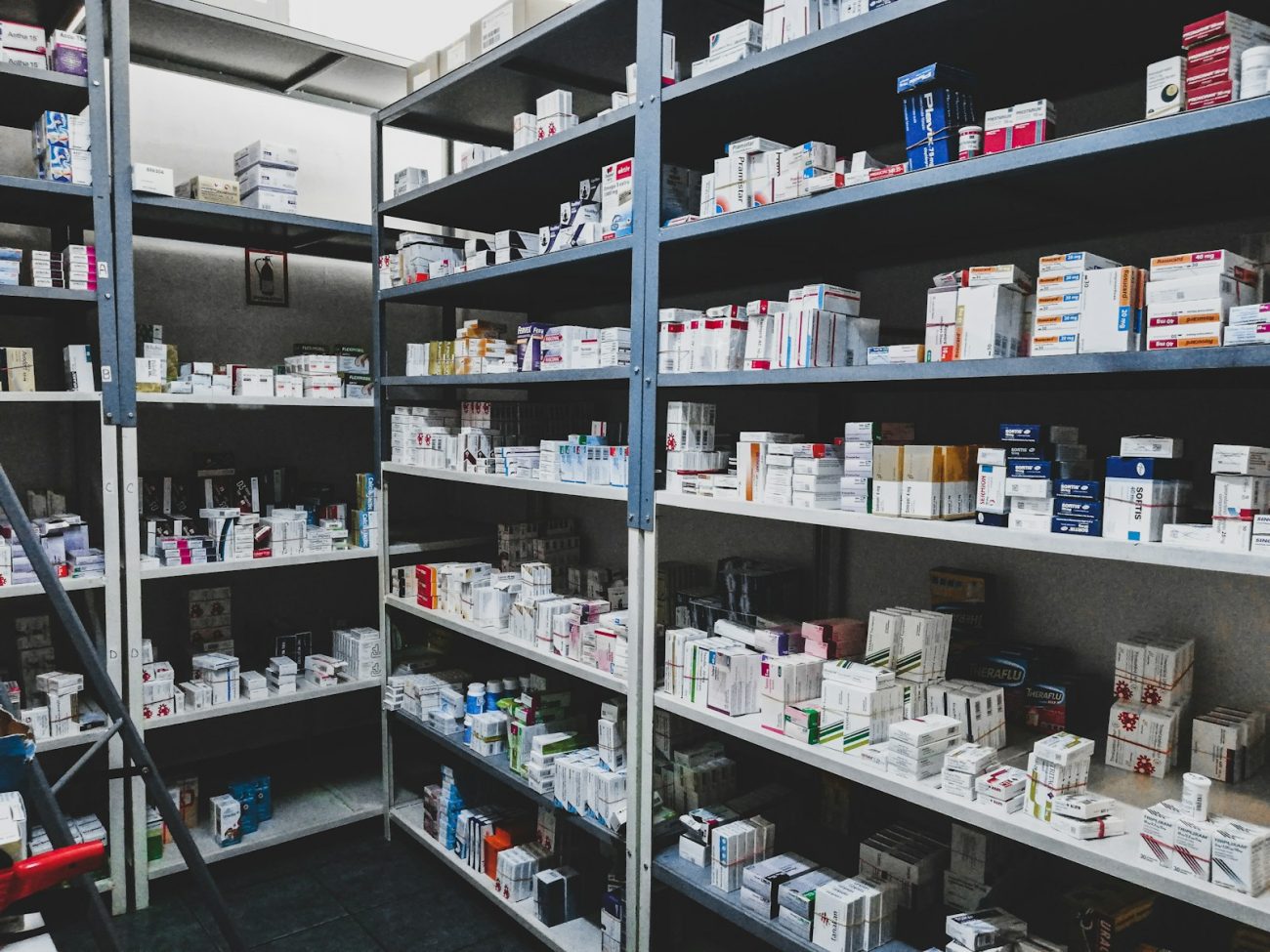The Pharmaceutical Industry is a cornerstone of global health, involving complex processes of drug discovery, manufacturing, and international trade. In this article, we delve into Active Pharmaceutical Ingredients (APIs), Finished Dosage Forms (FDFs), Key Starting Materials (KSMs), and the intricacies of pharmaceutical exports and imports.
Understanding the Pharmaceutical Industry
The Pharmaceutical Industry has evolved through innovation, strict regulation, and global collaboration, shaping how medicines are developed and distributed across markets. A key distinction lies between branded and generic drugs:
-
Branded drugs are patent-protected, often involving years of research and significant investment.
-
Generic drugs become available after patents expire, offering cost-effective alternatives to the public.
As per insights from World Health Organization (WHO), the Pharmaceutical Industry drives innovation, patient safety, and equitable medicine access worldwide.
Regulatory bodies such as the FDA (U.S.) and EMA (Europe) play critical roles in ensuring the safety and efficacy of these drugs. However, ongoing debates persist around pricing, accessibility, and ethical transparency.
Key Points:
-
Significance: Crucial for disease treatment and prevention.
-
Regulation: Governed by strict standards.
-
Challenges: Pricing, access, and ethical considerations.
Active Pharmaceutical Ingredients (APIs)
APIs are the biologically active substances in a drug that produce the intended therapeutic effect. Their manufacturing involves complex processes like chemical synthesis, fermentation, or natural extraction, and must comply with Good Manufacturing Practices (GMP).
APIs are different from excipients, which are inactive substances used to aid drug formulation. While excipients ensure drug stability and delivery, APIs are responsible for its medical effectiveness.
Why APIs Matter:
-
Ensure drug potency and reliability
-
Directly affect treatment outcomes
-
Require stringent quality control
Finished Dosage Forms (FDFs)
FDFs are the final forms of medications taken by patients. These include:
-
Tablets – Solid forms taken orally
-
Capsules – Gel-based enclosures with powder or liquid
-
Injectables – Administered through intramuscular, intravenous, or subcutaneous routes
Excipients in FDFs enhance taste, stability, and usability. Regulatory approval from bodies like the FDA or EMA is essential before FDFs reach the market.
Key Challenges:
-
Ensuring batch consistency
-
Maintaining safety and efficacy
-
Adhering to international regulations
Key Starting Materials (KSMs)
KSMs are the foundational chemical substances used early in API production. These materials heavily influence the quality, safety, and cost of the final drug.
KSMs are sourced through:
-
Synthetic processes
-
Natural extraction
-
Global suppliers with bulk manufacturing capabilities
Fluctuating raw material prices, geopolitical issues, and environmental regulations significantly impact the availability and pricing of KSMs.
As the Pharmaceutical Industry expands, international trade plays an increasingly strategic role, connecting manufacturers and healthcare providers worldwide.
Pharmaceutical Exports and Imports
Pharmaceutical trade plays a vital role in balancing global supply and demand, especially for countries with limited in-house manufacturing.
Influencing Factors:
-
Regulatory compliance across different nations
-
Rising global demand for quality medicines
-
Stringent import quality checks by regulatory bodies like FDA, EMA, and CDSCO
Robust quality assurance practices are necessary to maintain global trust and ensure public safety in cross-border trade.
Insights into Pharmaceutical Trade Trends
Recent trends show significant transformation driven by globalization, technological innovation, and rising healthcare demand:
-
Emerging markets (e.g., Brazil, South Africa) are becoming key players in production and export.
-
Technology such as AI, digital platforms, and continuous manufacturing processes are improving efficiency.
-
Global compliance is becoming more complex, requiring transparent supply chain management and regulatory agility.
These dynamics promise both challenges and growth opportunities for pharmaceutical stakeholders worldwide.
FAQs
1. What is the difference between API and FDF?
An API (Active Pharmaceutical Ingredient) is the core compound that provides a drug’s effect, while the FDF (Finished Dosage Form) is the final product (like a tablet or injection) ready for patient use.
2. Why are KSMs important in pharmaceuticals?
Key Starting Materials are the chemical building blocks in drug synthesis. They directly impact the quality and safety of the APIs created from them.
3. How are pharmaceuticals regulated globally?
Regulatory bodies like the FDA (USA), EMA (Europe), and CDSCO (India) ensure that medicines are safe, effective, and manufactured to high standards before reaching the public.
4. What challenges do exporters face in pharma trade?
Exporters face challenges such as differing country regulations, high compliance costs, pricing pressure, and global supply chain disruptions.
5. What trends are shaping the future of pharmaceutical trade?
The rise of emerging markets, digital manufacturing technologies, and regulatory harmonization are major trends shaping the industry’s future.
Conclusion
The Pharmaceutical Industry is a sophisticated, ever-evolving ecosystem. From APIs and KSMs to FDFs and international trade, each component plays a pivotal role in enhancing global health outcomes. Understanding these intricate mechanisms is vital for anyone involved in the sector—be it manufacturers, regulators, suppliers, or healthcare professionals.

